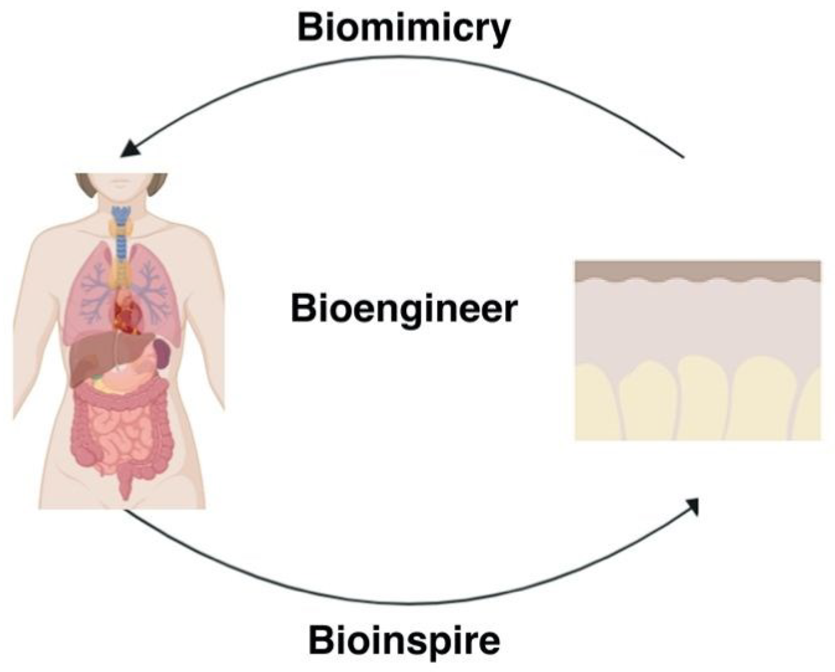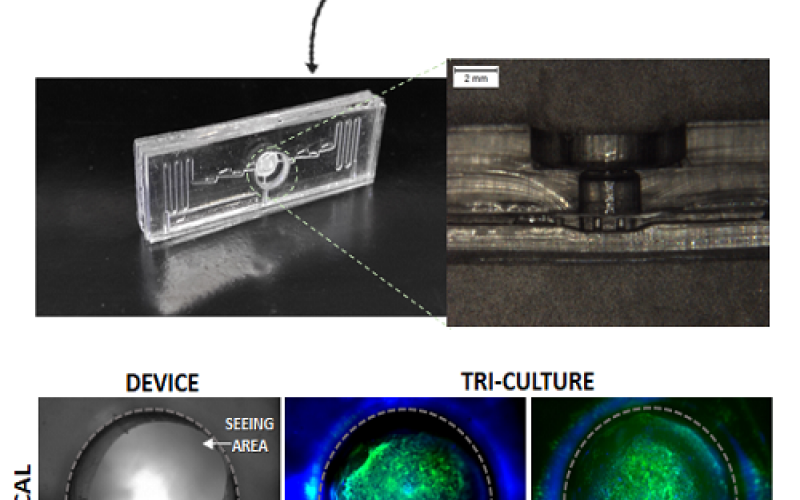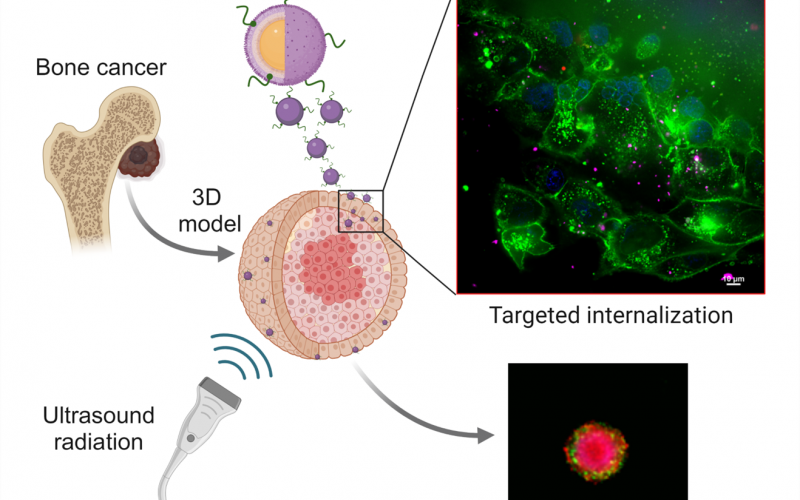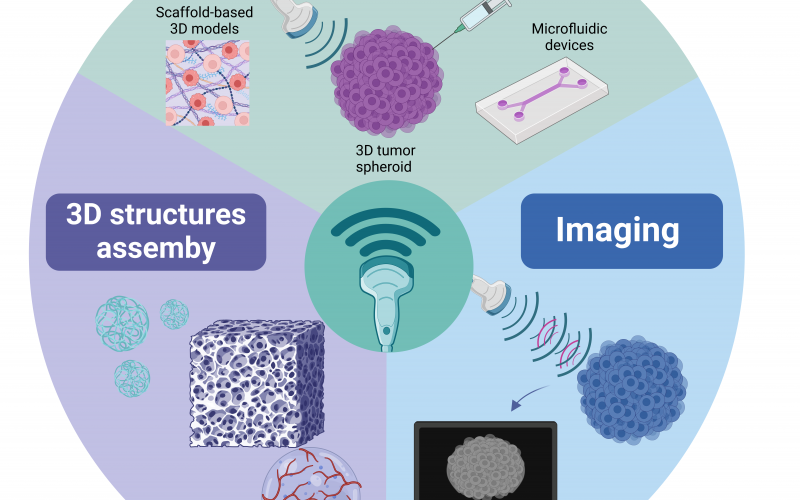- Centro Interuniversitario per la Promozione dei Principi delle 3R nella Didattica e nella Ricerca
From tissue engineering to engineering tissues: the role and application of in vitro models

Engineered models have emerged as relevant in vitro tools to foresee the translational potential of new therapies from the bench to the bedside in a fast and cost-effective fashion. The principles applied to the development of tissue-engineered constructs bring the foundation concepts to engineer relevant in vitro models. Engineered models often face scepticism, because regularly these do not include the extreme complexity of nature, but rather a simplification of a phenomenon. While engineering in vitro models, a hypothesis is imposed towards which defined parameters are included to assess the degree of similarity between the in vitro model and the native phenomenon, keeping in mind their intrinsic limitations. The development of in vitro models has been highly supported and disseminated by different regulatory agencies.
This review aims at defining and exploring the multifaceted potential of tangible, not theoretical, models within the biomedical field to represent physiological tissues and organ-related phenomena.




